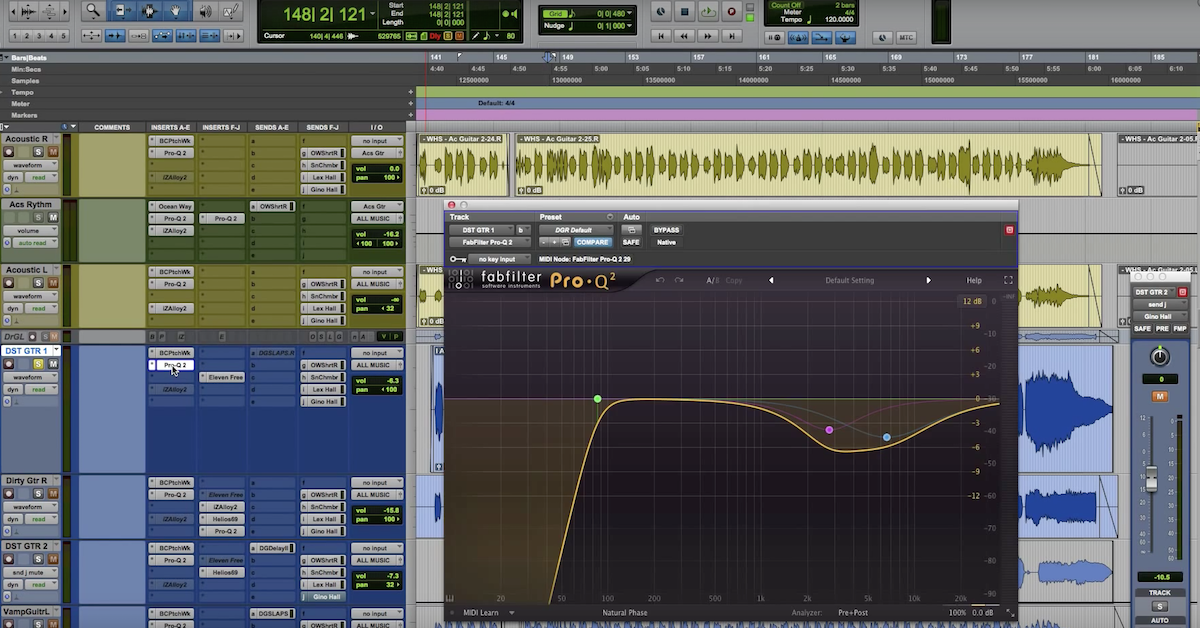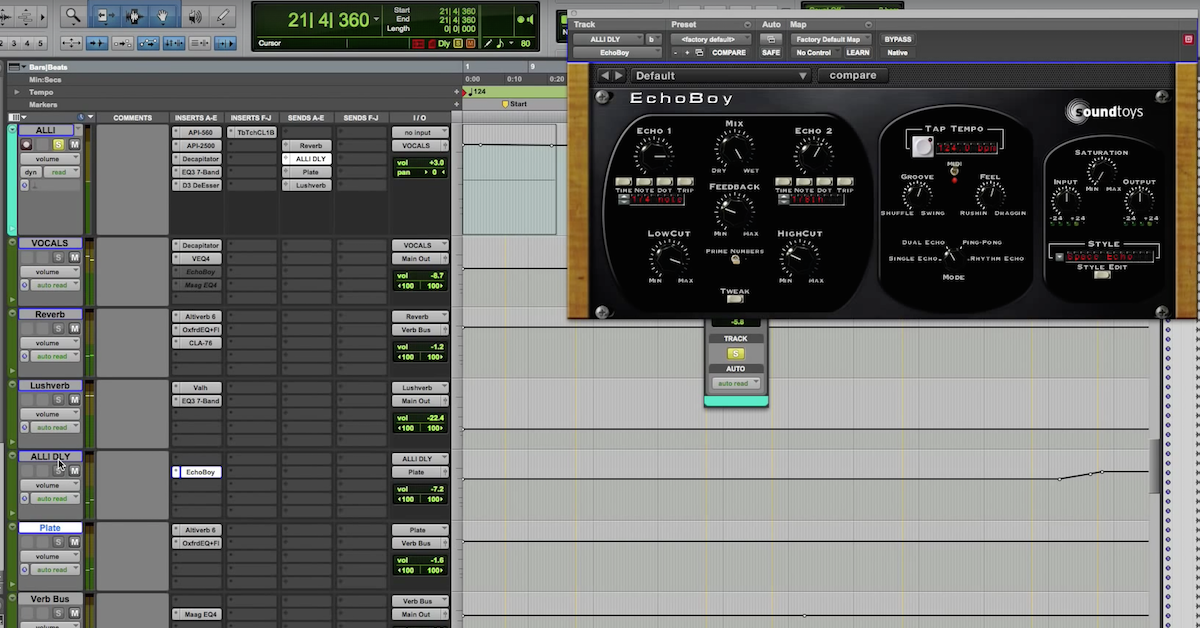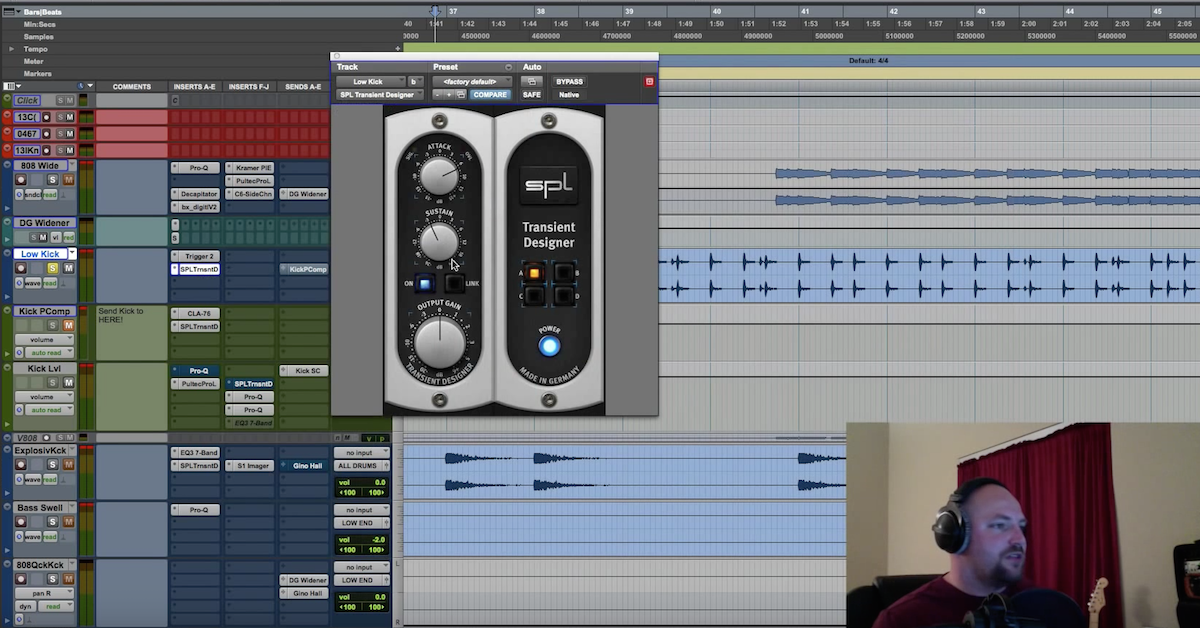5 Sound Design Tricks to Add Excitement to a Track
[music]
First up is the sub drop. This one is simple, but powerful. It’s very popular in dramatic movies. It is made of a well placed sub with a glide down, or a pitch bend down. This can be spiced up easily by adding some variety to your sub by automating a filter on it to give it some color, or even Reese-ing it against another low tone.
[Reese example]
Which is very popular in say, Drum and Bass.
Next up is layering in transients. This can produce a nice musical variation in a track to a sound that may otherwise sit still tonally.
[layers vs no layers]
I like to grab a source — it can be a synth, but I often like to see what a sample has to bring to the table, and then tune or layer in the sample, depending on if the sample is tonal.
Then I either mix it in to get a more aggressive tone, or I will automate it in to create moments that could use the extra expression.
[layered sounds]
Third, this one is one of my favorite moves, and that is the good old EQ followed by distortion routine.
Here, we view the EQ as a sort of crazy filter, allowing us to create resonance and spectrum pockets that play well with the distortion.
[synth with and without EQ/distortion]
This lets us get a lot more tonal mileage out of the distortion. I usually follow this up with another chain of EQ and distortion, or a post-compressor and equalizer.
Fourth is a simple idea, but one that is not used nearly enough, and that is to automate in specific effects chains at moments that enhance the music.
[music]
These are typically afterthoughts. Once you’ve already got a sound going, you’re going to want to toss in a little extra something to make it just a bit more interesting at the moment that you think you could use it. These parallel chains can open doors tonally that many folks choose to just not open, simply because it doesn’t occur to them to do these kinds of things.
We could have entire distortion or filter chains, or delay and verb chains. They can take a very static line and give it depth.
[music]
The added interest from these effect chains can help bring across your ideas a lot more clearly with fewer sounds, rather than add in a bunch of sounds to try and fill a space, you can cater to a unique sound and carry across your ideas with a lot more clarity.
Fifth is being noisy. Many sounds benefit from noise, because noise is always around us. Noise can often give a better sense of atmosphere than reverb does, because noise comes in many forms. Whether it’s good old white noise, river in the background you’re tuning out, or people talking in a room, that you have just grown used to hearing.
Noise can also fill up the spectrum, and raise the RMS value of your track, making it sound with a noise layer in it, sound louder and more exciting than it initially was.
[noise]
So there are five of an endless number of things you could try out in your tracks to give them a little push towards a more engaging experience.
If you have any questions, let me know, subscribe, and have a blessed day.





